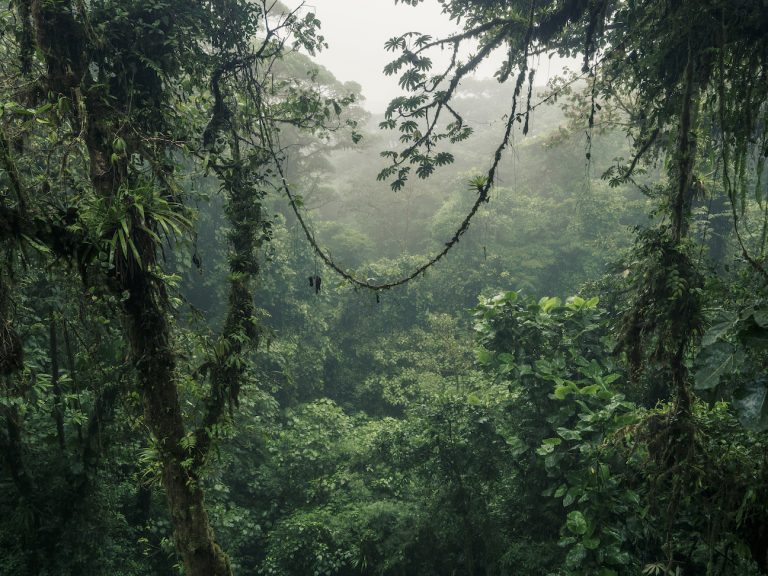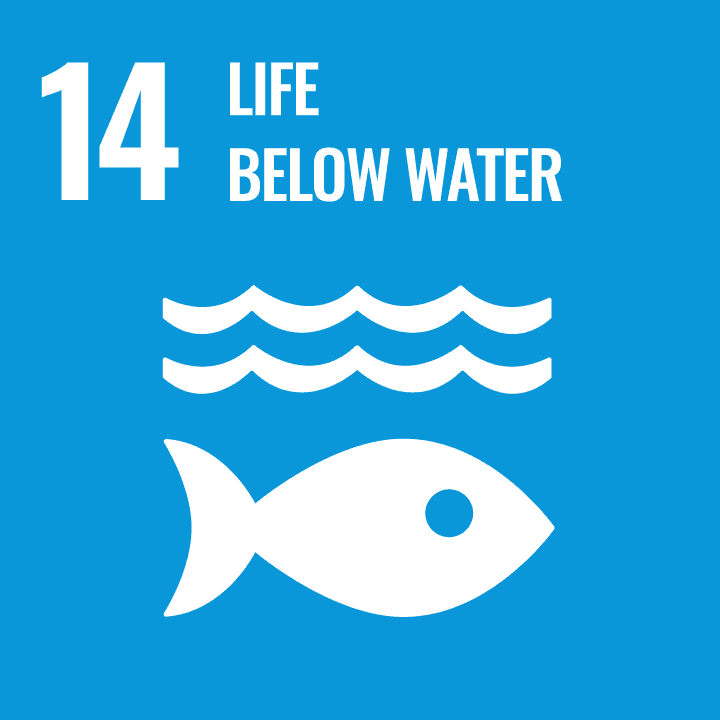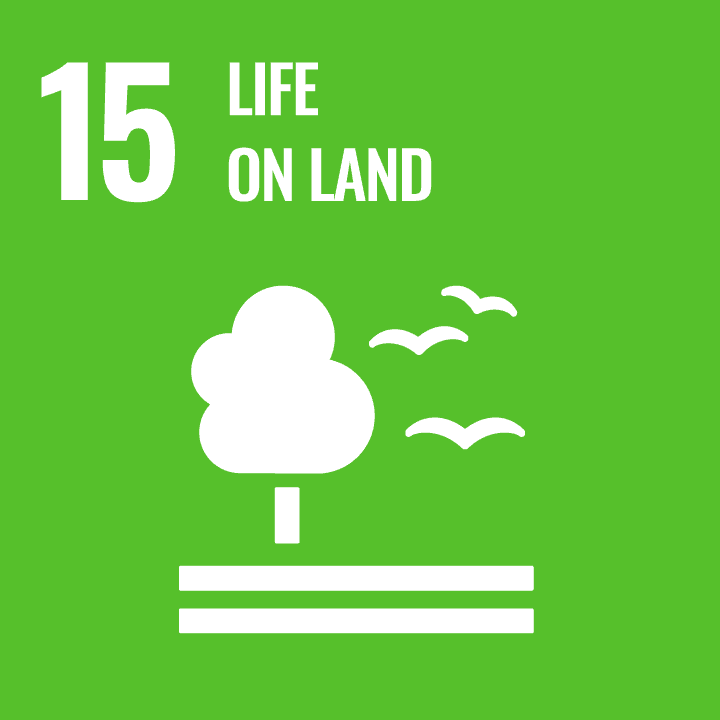Photosynthetic Floatation
 Photo: © iStock_efenzi
Photo: © iStock_efenzi - Resource Type
- Experiment
- Subjects
- Biology Physics
- Topics
- Ecosystems Energy Scientific Inquiry
- Time for activity
- 45 Minutes
Plants occupy a fundamental part of the food chain and the carbon cycle due to their ability to carry out photosynthesis, the biochemical process of capturing and storing energy from the sun and matter from the air. At any given point in this experiment, the number of floating leaf disks is an indirect measurement of the net rate of photosynthesis.
- Introduction
-
Plants occupy a fundamental part of the food chain and the carbon cycle due to their ability to carry out photosynthesis, the biochemical process of capturing and storing energy from the sun and matter from the air. At any given point in this experiment, the number of floating leaf disks is an indirect measurement of the net rate of photosynthesis.
In photosynthesis, plants use energy from the sun, water, and carbon dioxide (CO2) from the air to store carbon and energy in the form of glucose molecules. Oxygen gas (O2) is a byproduct of this reaction. Oxygen production by photosynthetic organisms explains why earth has an oxygen-rich atmosphere.
- Key Objectives
-
- Photosynthetic organisms capture energy from the sun and matter from the air to make the food we eat, while also producing the oxygen we breathe. In this activity, oxygen produced during photosynthesis makes leaf bits float like bubbles in water.
- Guiding Questions
-
- How long does it take for the first disk to float?
- How long does it take for half the disks to float? All the disks?

/rating_on.png)
/rating_off.png)





